About Infinity
Since our founding in 2002, Infinity has focused many years of combined military and space fuel cell experience designing the next generation of air-independent fuel cells and regenerative fuel cells. With the support of NASA and several other US government agencies, we have achieved key breakthroughs in fuel cell design that have significantly reduced the complexity of these systems and dramatically improved performance and reliability. Infinity is AS9100 & ISO 9001:2015 Registered. Infinity complies with the NIST 800-177 Cyber Security standard and S CFR 29 Part 1910 Safety Procedures and Practices.
History Timeline
-
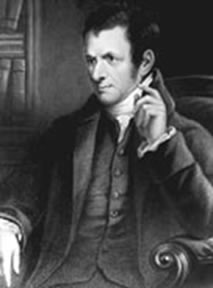 technology
technologyEarly 1800s Electrolysis Discovered
Humphry Davy found that by passing an electric current through water it would chemically decompose into its constituent elements of hydrogen and oxygen.
-
 technology
technology1839 Gas Voltaic Battery
Sir William Grove discovered it is possible to generate electricity by reversing the electrolysis of water.
-
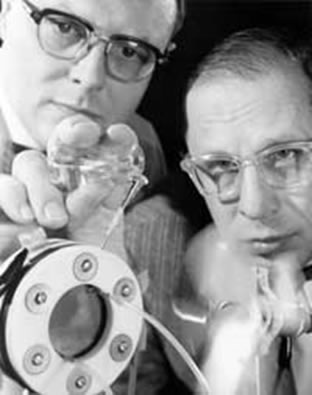 technology
technology1958 PEM Fuel Cell Development Begins For Space Begins
Willard Thomas Grubb and Leonard Niedrach, scientists working at General Electric, began working on Proton Exchange Membrane (PEM) fuel cells for NASA.
-
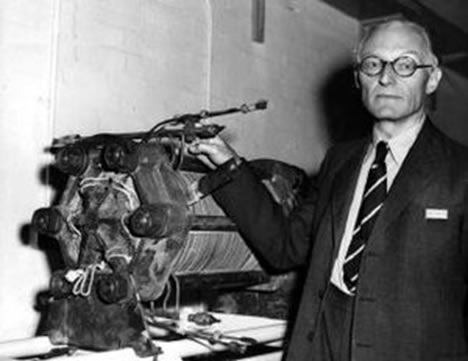 technology
technology1959 Bacon Cell Demonstration
After years of experimentation with various alkaline electrolytes, Francis Thomas Bacon demonstrated a 5-6 kW version of his fuel cell, utilizing a potassium hydroxide electrolyte (KOH) rather than the acid-based electrolytes known since Grove’s early work.
-
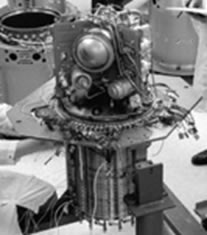 technology
technologyEarly 1960s Alkaline Fuel Cell Development For Space Begins
Pratt & Whitney, a division of United Technologies, licensed Bacon’s alkaline fuel cell technology and developed the fuel cell used by NASA for powering all the Apollo missions.
-
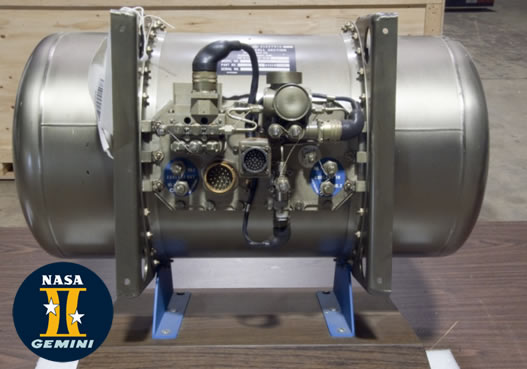 technology
technology1965-1966 PEM Fuel Cells First In Space
NASA’s Gemini program was comprised of 12 missions. The first several missions were battery powered; Gemini V thru Gemini XII were powered by General Electric’s PEM fuel cell.
-
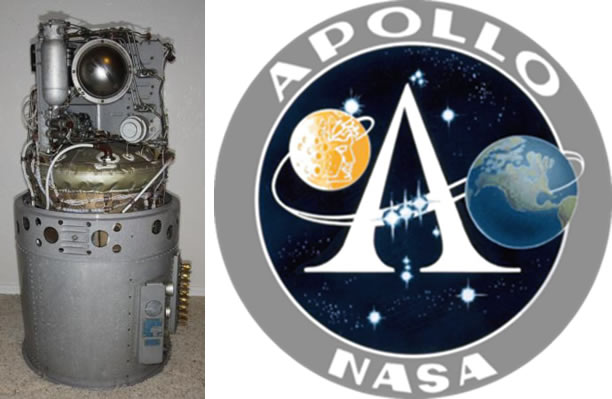 technology
technology1966-1972 Alkaline Fuel Cells Power Apollo
Every manned Apollo mission was powered by UTC’s alkaline fuel cell technology. Three fuel cell stacks were installed into each service module, providing all the power and water required by the vehicle and crew.
-
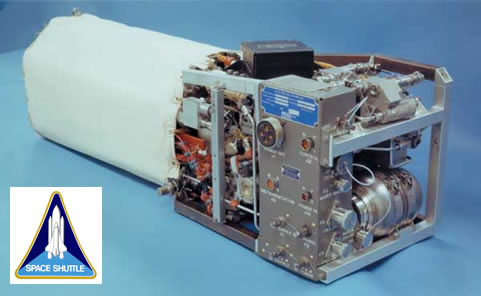 technology
technology1981-2011 Alkaline Fuel Cells Power Space Shuttle
All Space Shuttle Orbiters were powered by three alkaline fuel cell stacks provided by United Technology Corporation. All power and water requirements were satisfied by these fuel cells during the entire length of each mission.
-
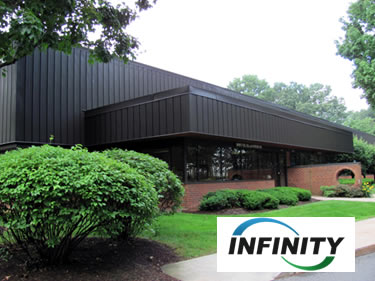 company
companyInfinity Fuel Cell and Hydrogen Founded
Founded to design and develop PEM fuel cell and electrolysis systems for space, aircraft, underwater, and renewable energy applications.
-
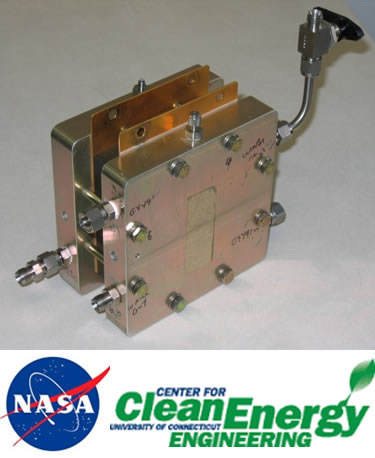 company
companyInfinity Begins Development Of An Air Independent Fuel Cell
Working with the University of Connecticut’s Center for Clean Energy Engineering, Infinity delivers a proof of concept air independent fuel cell stack to NASA Glenn Research Center for preliminary testing as part of SBIR Phase I and II programs. This is the first test of Infinity’s cell and membrane technology designed to operate in the demanding environment of space flight.
-
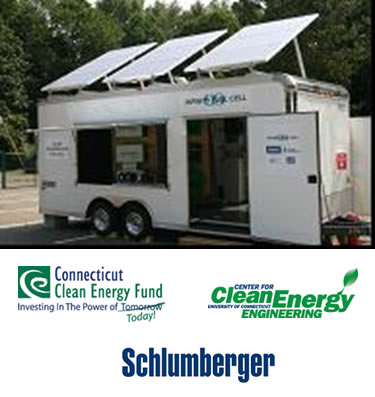 company
companyInfinity Delivers a Mobile Renewable Energy Demonstrator
Working with funding from the State of Connecticut’s Clean Energy Fund, the Infinity team, along with Schlumberger’s Doll Research Center and the University of Connecticut’s Center for Clean Energy Engineering, develops a mobile renewable energy system demonstrator. Based on Infinity’s XStorra® I electrolyzer system, it is capable of providing 1.5 kW of power from solar during the day while generating and storing hydrogen for 3 kW of nighttime fuel cell power.
-
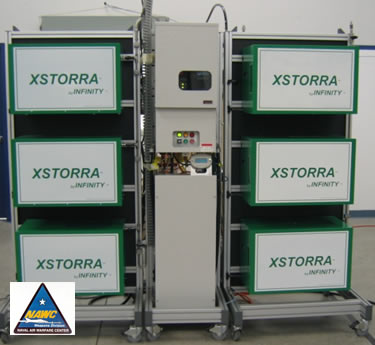 company
companyInfinity Develops Modular Renewable Energy System
Infinity delivers its XStorra® I regenerative fuel cell system to the US Navy’s China Lake Naval Air Weapons Center for a modular laboratory demonstration at their facility. This is a 3 kW fuel cell with a 1.5 kW electrolyzer capable of storing 150 psi (10 bar) hydrogen from input solar power.
-
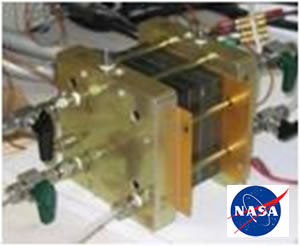 company
companyInfinity Develops Its Advanced Product Water Removal (APWR) Fuel Cell
Infinity builds upon its prior air independent fuel cell development to deliver prototype technology to NASA Glenn Research Center designed to remove the product water generated by the fuel cell during operation within each cell. This will allow for the removal of complex balance of system hardware typically used for removing water, increasing overall reliability of the fuel cell system.
-
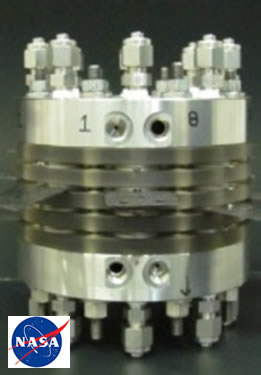 company
companyInfinity Delivers Its Prototype Advanced Cathode Electrolyzer
Infinity delivered to NASA Glenn Research Center a new concept in hydrogen generation designed to provide minimal balance of system, increased reliability, and ultimately reduced cost.
-
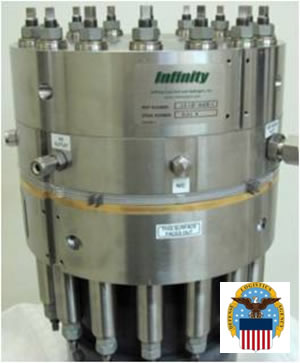 company
companyHigh Pressure Electrolyzer for Regenerative Fuel Cell Systems
Infinity delivers a high pressure electrolyzer stack to the Defense Logistics Agency as part of a BAA contract for the development of regenerative fuel cell systems. This hardware is capable of delivering 2,000 psi (138 bar) hydrogen direct to storage tanks, eliminating one to two stages of compression in the overall system.
-
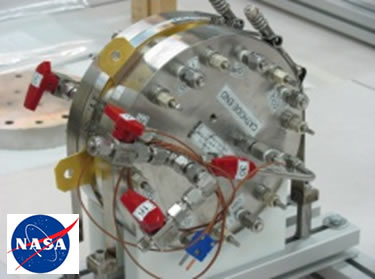 company
companyField Demonstration At Arizona Test Site
Infinity demonstrates its larger fuel cell stack during NASA’s rover field testing at Arizona site. This fuel cell stack is capable of delivering a higher current output leading to much larger power delivery capability.
-
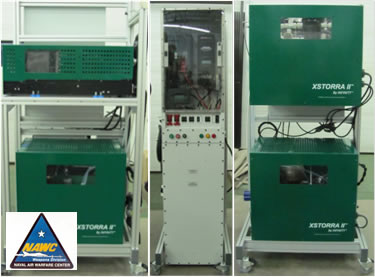 company
companyRenewable Energy System
Infinity delivers an XStorra II regenerative fuel cell system to the US Navy’s China Lake Naval Air Warfare Center for demonstration in their laboratories. This is a modular 8 kW fuel cell with 2000 psi (138 bar) electrolyzer with solar power input capable of supplying 250 kWh of hydrogen storage.
-
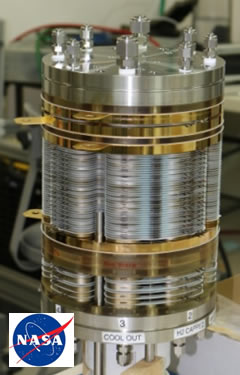 company
companyInfinity Demonstrates Integrated Fuel Cell Stack Technology
Infinity completes testing on an air independent fuel cell stack designed with integrated humidification and degasification sections, eliminating external components typically used for these purposes. Included within this design is a novel reactant flow scheme and the ability to monitor reactant quality to regulate reactant purging and increase hydrogen utilization.
-
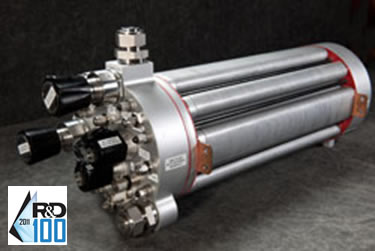 company
companyR&D 100 Award
For development of a Non Flow Through (NFT) fuel cell system with Advanced Product Water Removal (APWR) for air independent applications, eliminating moving parts, reducing system size, and improving reliability.
-
 company
companyInfinity Completes Testing of 1 kW Air Independent Fuel Cell
Testing is completed on a 1 kW fuel cell stack running on hydrogen and oxygen. This testing, done for NASA Glenn Research Center, demonstrates the ability of Infinity’s technology to power space vehicles in future programs.
-
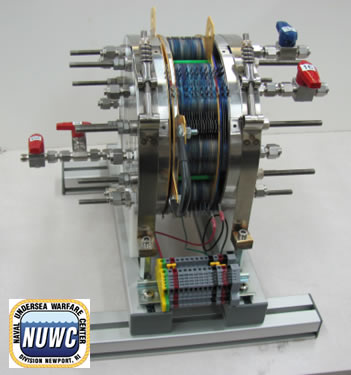 company
companyUnderwater Drone Fuel Cell
The US Navy’s Naval Underwater Warfare Center in Newport, Rhode Island awards Infinity a sole source contract to deliver an air independent fuel cell system. The fuel cell is run on hydrogen reactant evolved from Hydrogen Peroxide storage.
-
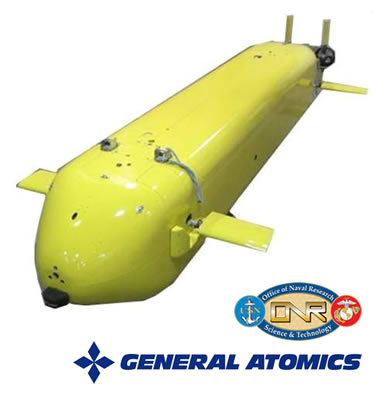 company
companyUnderwater Drone Fuel Cell Power System
With funding from the US Navy’s Office of Naval Research, the team of General Atomics and Infinity is selected for the development of a long endurance energy system to be designed and built for the Navy’s Large Diameter Unmanned Underwater Vehicle (LDUUV). This vehicle will be required to stay submerged for 70 days
-
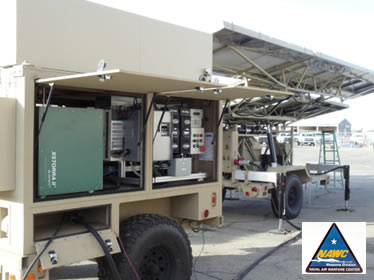 company
companyMobile Renewable Energy System
Infinity delivers a mobile version of its XStorra III renewable energy system to the US Navy’s China Naval Air Warfare Center. This is a two trailer system designed to provide 8 kW of fuel cell power while utilizing 5 kW of solar power for high pressure hydrogen generation at 2000 psi (138 bar) and 50 kWh of energy storage.
-
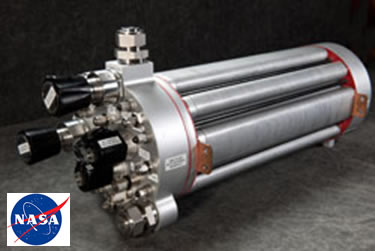 company
companyAward for Group Achievement
NASA awards the Infinity and Glenn Research Center team for the highly successful development of a revolutionary new fuel cell system that will benefit future missions and also have major impact on non-aerospace portable power systems.
-
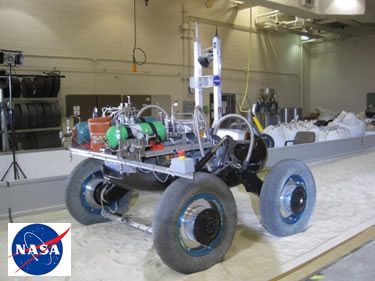 company
companyFuel Cell for Rover Power
Successful test of prototype rover at NASA Glenn Research Center powered by an Infinity 100 W air independent fuel cell power system.
-
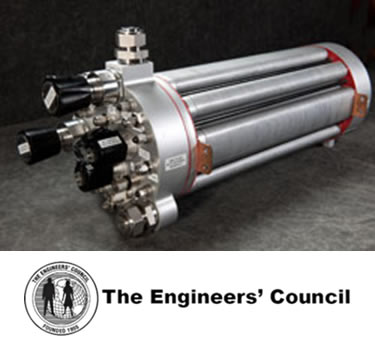 company
companyAward for Distinguished Achievement
The Engineer’s Council recognizes the Infinity and NASA Glenn Research Center team with an Award for Distinguished Achievement for the development of a Non Flow Through Fuel Cell Power System.
-
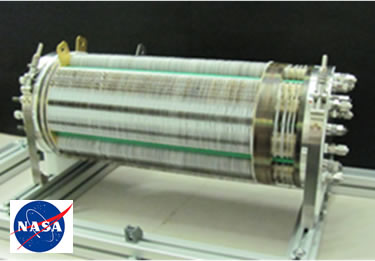 company
companyInfinity Tests 3 kW Air Independent Fuel Cell Stack
Infinity completes testing on a 3 kW version of its air independent fuel cell technology, demonstrating its ability to provide a large amount of power in a relatively small volume for spacecraft or underwater applications.
-
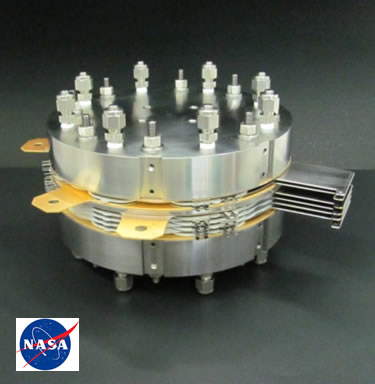 company
companyFuel Cell System with Heat Pipe Thermal Management
Infinity delivers a prototype fuel cell stack incorporating a heat pipe thermal management system for testing at NASA Glenn Research Center.
-
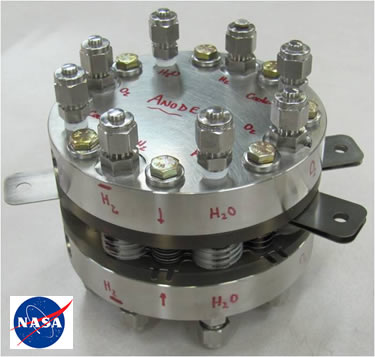 company
companyInfinity Delivers Advanced Cathode Electrolyzer For Testing
Infinity delivers to NASA Glenn Research Center a novel full electrolyzer stack product for testing to prove out the ability of this system to produce hydrogen at a fraction of the cost of more traditional electrolysis products.
-
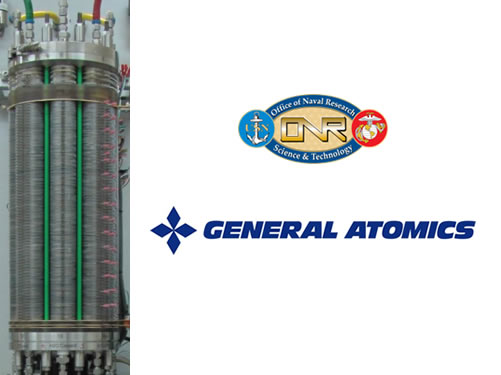 company
companyInfinity fuel cell stack completes 1,100 hour continuous test
Infinity delivers the first large fuel cell stack to the Office of Naval Research’s LDUUV program for preliminary testing. This is a 138 cell stack with 10 kW power output capability.
-
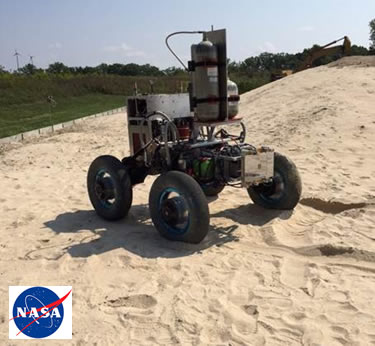 company
companyFuel Cell for Rover Power
Successful test of an Infinity 1 kW fuel cell system powering the prototype SCARAB rover at NASA Glenn Research Center.
-
 company
companyUnderwater Drone Fuel Cell
The US Navy’s Office of Naval Research awards a follow-on Phase II contract to the team of General Atomics, and Infinity to continue development and testing of the energy system for the Large Diameter Unmanned Underwater Vehicle (LDUUV).
-
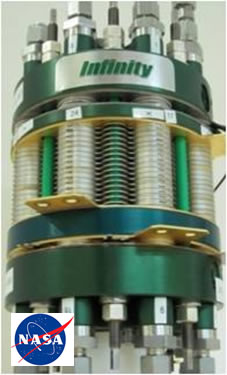 company
companyInfinity Fuel Cell Stack Completes Space Environmental Testing
An Infinity 1 kW fuel cell stack has successfully completed vacuum and vibration testing at NASA Glenn Research Center. This achievement leads to a Technology Readiness Level (TRL) of 6, readying the technology for further spaceflight testing.
-
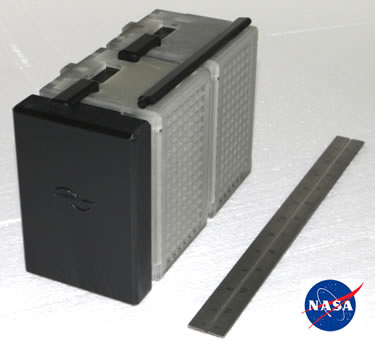 company
companyLightweight Fuel Cell Power for Aerial Drones
Infinity completes an SBIR Phase I program for NASA Goddard Spaceflight Center and Glenn Research Center delivering a concept design for a lightweight fuel cell energy system designed specifically for powering small drone aircraft.
-
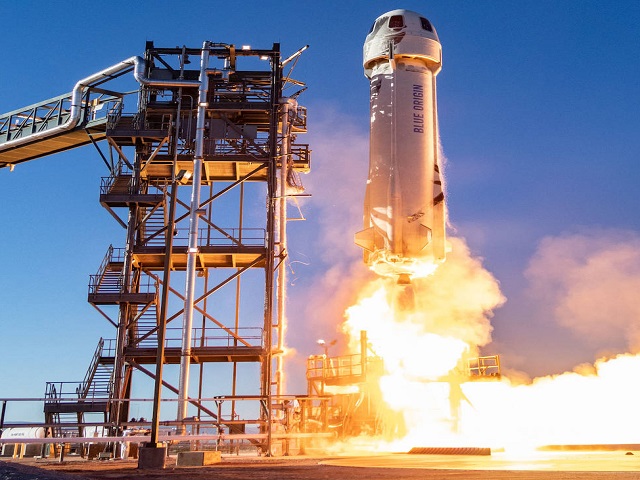 company
companyInfinity Awarded NASA Tipping Point Contract for Zero Gravity Hydrogen Fuel Cell
The company is collaborating with NASA’s Johnson Space Center in Houston to develop a scalable, modular and flexible power and energy product that utilizes new manufacturing methods to reduce cost and improve reliability. The technology could be used for lunar rovers, surface equipment and habitats.
-
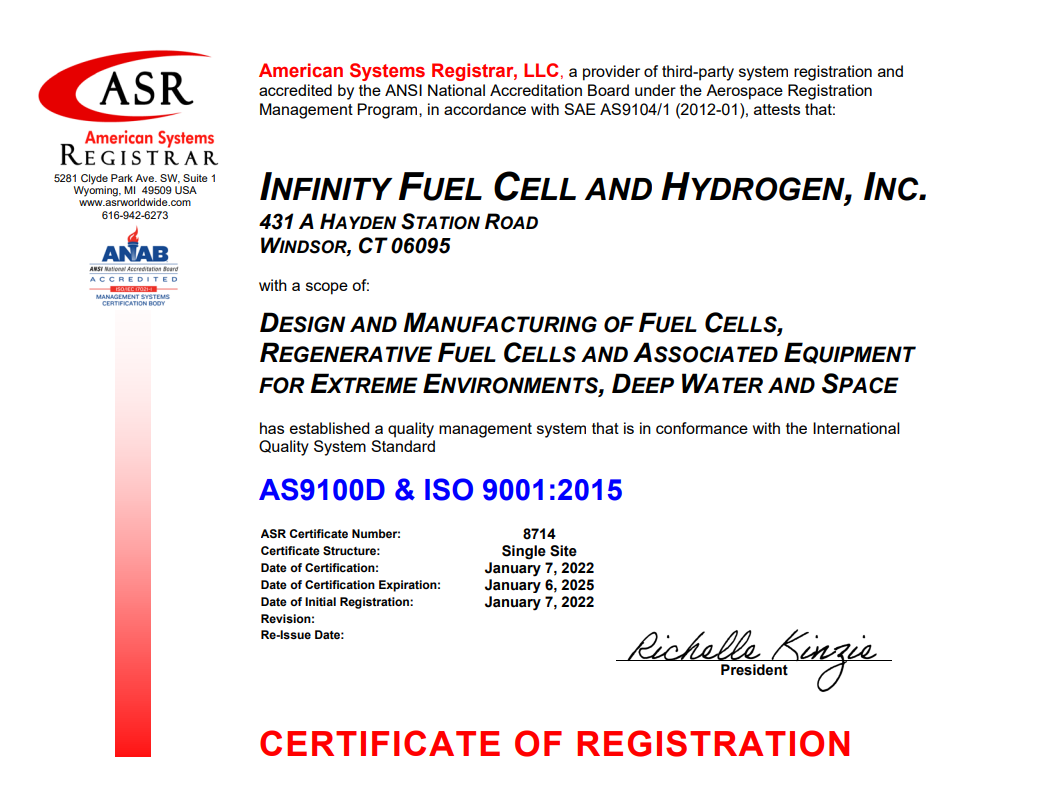 company
companyInfinity Attains AS9100 certification
AS9100 is a widely adopted and standardized quality management system for the aerospace industry. It was released in October, 1999, by the Society of Automotive Engineers and the European Association of Aerospace Industries.[1][2]
AS9100 replaces the earlier AS9000 and fully incorporates the entirety of the current version of ISO 9001, while adding requirements relating to quality and safety. Major aerospace manufacturers and suppliers worldwide require compliance and/or registration to AS9100 as a condition of doing business with them. (Source: Wikipedia
-
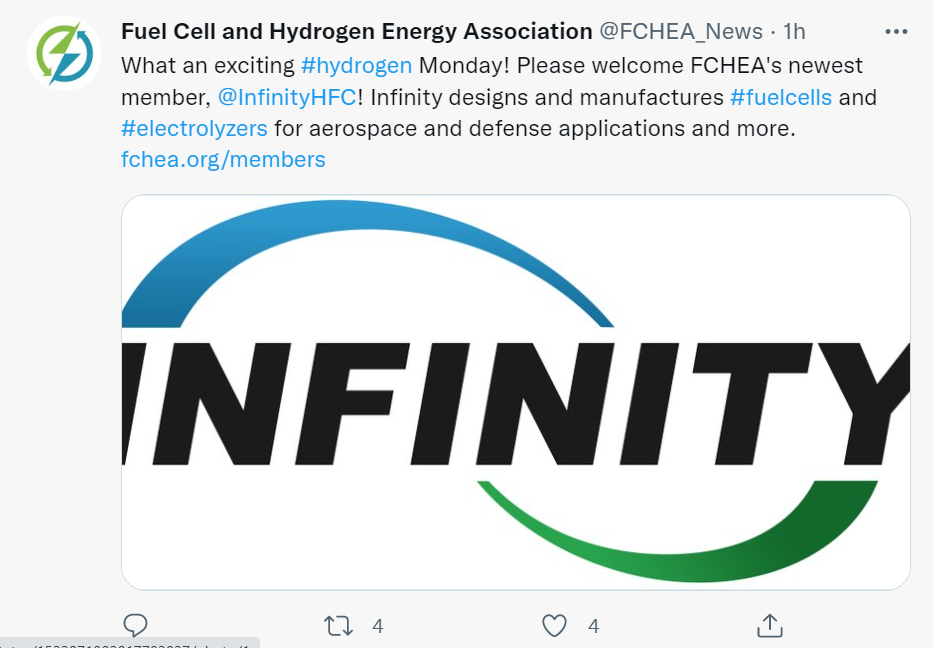 company
companyInfinity joins FCHEA
The Fuel Cell and Hydrogen Energy Association (FCHEA) is the national industry association for the expansive and growing hydrogen and fuel cell sector, representing around eighty leading companies and organizations that are advancing innovative, clean, safe, and reliable energy technologies.
FCHEA drives support and provides a consistent industry voice to regulators and policymakers. Our educational efforts promote the environmental and economic benefits of fuel cell and hydrogen energy technologies.
The mission of FCHEA is to advance the commercialization of and promote the markets for fuel cells and hydrogen energy.
(text from FCHEA website https://www.fchea.org/
-
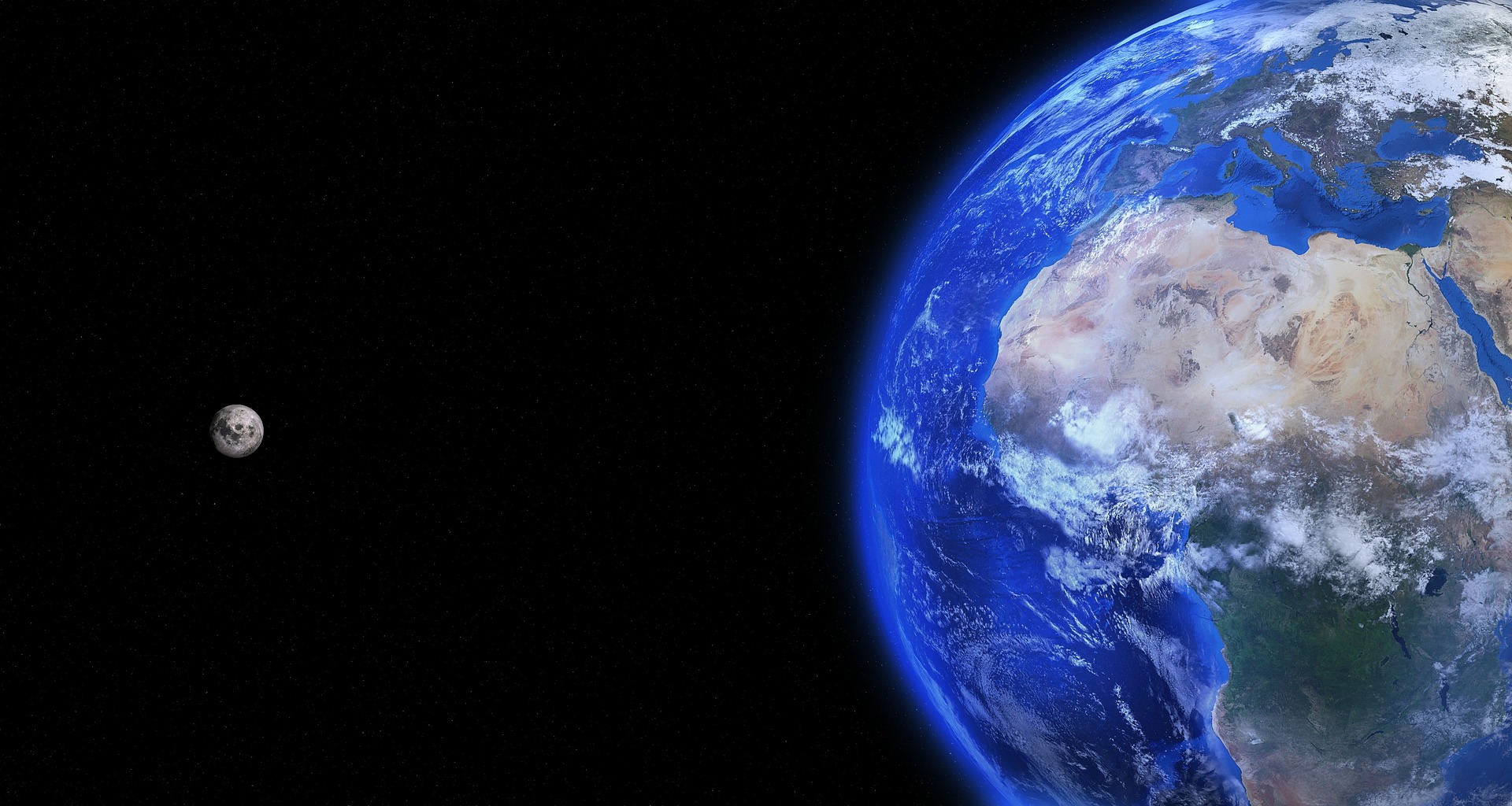 company
companyInfinity™ receives first contracts for production units for commercial space mission applications
Infinity™ receives multiple production contracts for commercial space applications.
“This is a critical step in our efforts to move from contract R&D to product production. Our team has been efficient and effective in reaching this achievement,”--Infinity Fuel Cell and Hydrogen, Inc.™ founder and CEO, William F. Smith
-
 company
companyInfinity's NASA-funded AMPES tipping point experiment has successful test
On September 12, 2022, Infinity's AMPES next generation space fuel cell experiment, funded by the NASA tipping point program, successfully operated on Blue Origin's NS-23 suborbital launch, despite an anomoly that cut the mission short. It thus became the first hydrogen fuel cell ever to ride on a commercial space launch, and the first on any space launch since the end of NASA's space shuttle program.
-
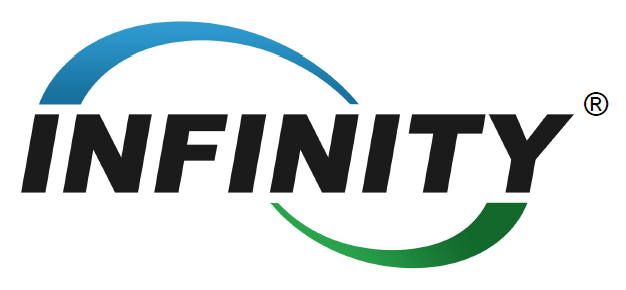 company
companyInfinity begins work on first commercial contract for unmanned underwater vehicle power system
Infinity began work on its first commercial contract for a power system for unmanned underwater vehicles(UUV's). The contract, which was signed in late December of 2022, will provide systems that will allow these systems to stay submerged for extended missions of several weeks.
-
company














